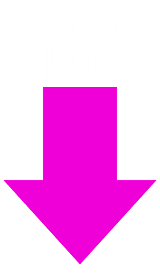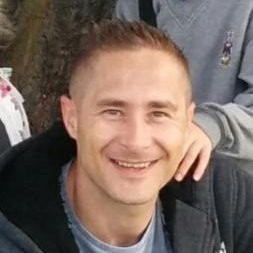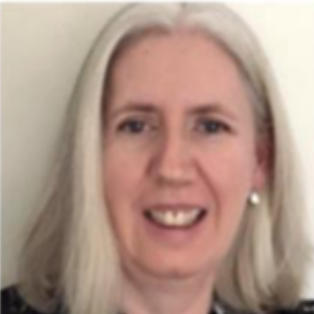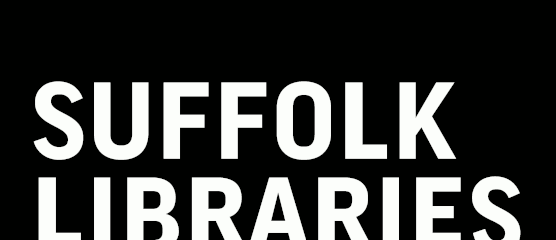Day 5: Accessibility
1 - Introduction
Meet Abi J and Abi G, our hosts for the day, who will introduce you to the world of Accessibility with our team of experts from BT and the University of Cambridge:
2 - Accessibility with Stephen & Callum
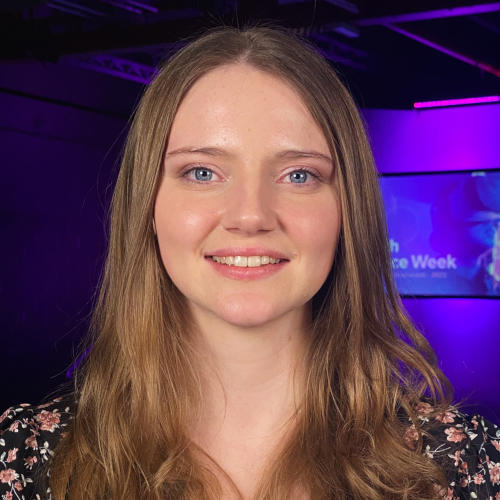
Key qualifications: BEng (Hons) Electronic Systems and Control Engineering.
What does your job involve? I work on research and development relating to Internet of Things (IoT). This includes Data Exchange, Data Collection, Robotics and Networks.
How did you get into your current role? In the 1980s the BBC Acorn Model B computer was launched. I was fascinated by it, and was interested to know about its programme and code. This led to me going to university (where I did some work with Robotics). Post University I applied to BT as a graduate and still work for the company.
What did you want to be when you were younger? I did not have a specific job in mind when I was young, but I did have a love for solving puzzles e.g. Rubik's cubes - which I think led to my interest in technology.
What do you do outside work? I like sporting activities (running, cycling, walking). I also enjoy visiting other places, cooking and going to restaurants.
Key qualifications: BSC. Hons Computer Networking and Security
What does your job involve? Testing BT’s customer-facing apps, websites, and services to make sure they are accessible to everyone and support the teams working on the projects to help them achieve this.
How did you get into your current role? I started as a Network Designer in the Networks graduate scheme but ended up changing direction halfway through and joined the accessibility team.
What did you want to be when you were younger? I don’t really know to be honest; I just knew that I wanted to work in technology from when I first used a computer independently.
What do you do outside work? I love radio and am a co-host of Tech Talk, a weekly technology show on RNIB Connect Radio. I also love going to concerts and spending time with family and friends.

Is it true that technology like electric toothbrushes and voice recognition systems were primarily invented with accessibility in mind?
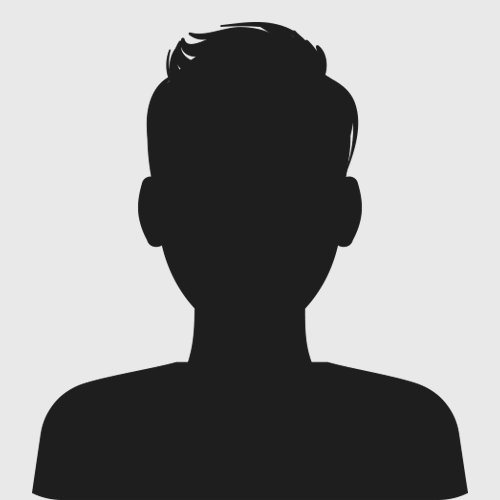
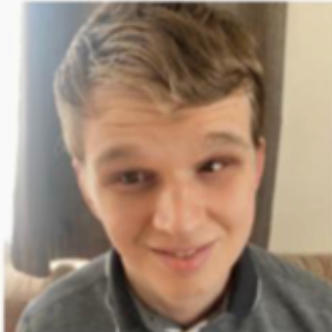
Many items were invented with accessibility in mind. Some created with disability in mind. Others to bridge the divide with personal relationships. One involved in the beginning of a global company. Even inventions that later paved the way for the next technology boom.
In 1808, the first typewriter was built by Pellegrino Turri, to help a blind friend with his writing.
In 1886, Herman Hollerith had the idea of using punch cards to transport data from the 1890 census. Herman had a cognitive processing disability. He later founded the Tabulating Machine Company. In 1924, it became known as IBM.
Broxodent was the first electric toothbrush. It needed a plug point to use it. The toothbrush was invented by Dr. Philippe Guy Woog in 1954. Its design was for orthodontic patients and people with limited motor skills.
In 1916, at Bell Labs, Harvey Fletcher built the Western Electric Model 2A hearing aid. 32 years later, in 1948, three scientists at Bell Labs invented the transistor. This helped create a more reliable, smaller, cheaper, more efficient hearing aid. They won the 1956 Nobel Prize for Physics.
How do you make sure that the things BT provide to their customers (e.g. apps and websites) are accessible?
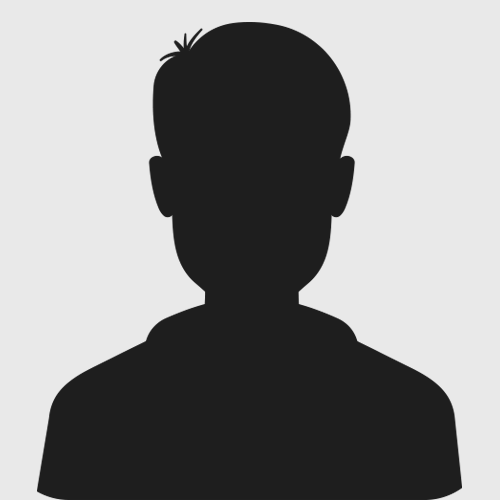

BT's purpose is to connect for good. What good would we be doing if customers with disabilities are left out? The ones who might even need that connection the most.
We aim to meet levels A and AA of the Web Content Accessibility Guidelines (WCAG) 2.1 wherever possible. As soon as a new product or journey comes to us, we look at either the designs and/or testing environment as soon as we can. We check the colour contrast and how well the content responds when we enlarge the text. We also test with assistive technology software such as screen readers. These are just a few of the tasks we carry out. We then work with the squad behind the project. We let them know about the issues we've encountered and why it is so important that they're fixed. Finally, we always provide support with fixing the issues where and when we can.
All being well, we are then able to provide an accessibility sign-off. This means that the particular project has no high priority issues and is accessible for use. There is no such thing as 100% accessible, just like there is no such thing as perfect. But, by aiming to meet or exceed level AA of WCAG, we commit ourselves to accessibility from the start of a project. We make sure everything we do is as accessible as possible to as many people as possible.
3 - Have a go activities
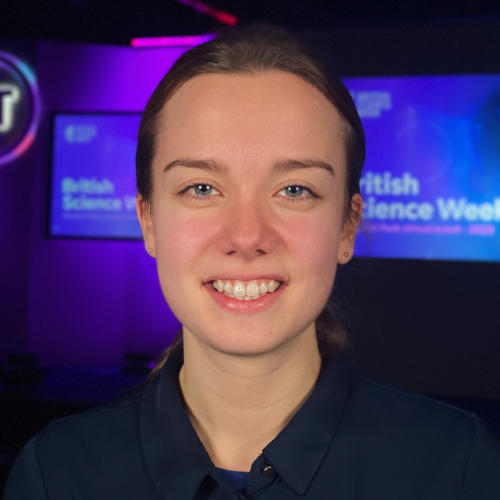
4 - Career profiles

Key qualifications: BA First Social Communications with specialisation in Environmental Journalism, MSc in Environmental Education and Sustainable Development, APMP Certification (Association of Project Managers Professionals), Prince 2, Agile Certification, 20+ experience in Web Design and Development.
What does your job involve? Leading the Digital Accessibility Strategy and supporting all members of my team with their day-to-day tasks. This involves wearing several hats from time to time, negotiating on behalf of my team, measuring our progress and communicating the value of what we do to all our colleagues and stakeholders.
How did you get into your current role? While I was still working as a freelance environmental journalist, I thought about publishing my own Environmental Education magazine. But the costs and risks were too high. When the web became more established, I realised that it would be much cheaper and less risky to produce a web site. Besides, it would open the possibility of reaching a much bigger audience. I already knew some programming, so it wasn’t difficult for me to learn coding. I also bought some books on Graphic Design and learnt about Universal Design and the Web Content Accessibility Guidelines. I became fascinated by all the possibilities that the World Wide Web had to offer and embraced its principles based on equality of access to information. Eventually, I was offered work opportunities related to Web Design and Development. For me, Accessibility has always been very important when developing a website or an app. It is what defines excellence and professionalism. After all, this is for everyone!
What did you want to be when you were younger? My plan A was to become an astronaut. I dreamt big. My plan B was to become a deep sea diver. I like going from one extreme to another.
What do you do outside work? I love spending time with my family and friends. We enjoy going for long walks, cycling on long journeys, watching movies and having meals together. I also enjoy reading, listening to music and playing my guitar or piano (luckily I have very tolerant neighbours), drawing and painting, writing and solving puzzles. I also like trying different water sports from time to time, such as kayaking and windsurfing.
Key qualifications: eDX Introduction to Accessibility course, ISTQB Quality Assurance qualification, On the Job and Self-Learning.
What does your job involve? My role is to work closely with product owners, designers and developers at the very start of any new project to help drive accessibility from the very beginning. With my input and guidance I try to ensure we deliver the best user experience possible and make sure everyone is included, regardless of how they may interact with the web. We are here to make sure it is as accessible as possible.
How did you get into your current role? I started work at BT as a call centre advisor and worked my way through many roles and then moved into a Digital Test environment. I found I had a massive connection with Accessibility. Being hard of hearing myself, I know what it feels like to not be included or miss out on things because of certain barriers. I learned as much as I could in Digital Test and with some self-learning, using all the media channels out there on the internet, I’m working within a team now that can really help make a difference, not just to customers with disabilities, but for all customers that engage with our services. Accessibility improves experiences for everyone, not just those with disabilities.
What did you want to be when you were younger? Rally car driver.
What do you do outside work? I love fishing - it makes a nice change to be outside and to unplug for a while - although it would be a lot nicer to catch more than I do but the fresh air is nice!!!
Key qualifications: My degree was in English Literature but since then I've picked up postgrad qualifications in Information Technology and Public Relations.
What does your job involve? I'm the accessibility specialist for some of our customer support websites, and I also help people to write content in an accessible way. I also develop training programmes on accessibility.
How did you get into your current role? I’ve worked in various comms and writing roles in BT, and before that I was a journalist. I learnt about accessibility as part of a work training programme, and I loved it so much I knew straightaway that I wanted my career to go in that direction.
What did you want to be when you were younger? I wanted to be an author.
What do you do outside work? I live right next to Epping Forest so we spend a lot of weekends walking there. Sometimes people use the forest to film TV shows so we like to go and see the sets being built, and then trying to spot them when the show is on TV!
Key qualifications: Computer Science Degree, Prince2, Diploma in Business, and certificate in FEWD.
What does your job involve? Mostly testing software with assistive technology, looking at code for specific entries, reviewing designs, helping publicise accessibility, working with the people around me to help create digital products that can be used by everyone who wants to use them.
How did you get into your current role? Spinal damage in 2006. My return to work involved teaching IT to beginners at Shaw Trust, who had a Web Accessibility department in the same building. They asked me to be a tester.
What did you want to be when you were younger? F1 driver or professional badminton player.
What do you do outside work? Go karting and badminton with my two teenage boys. I also go to events such as food festivals and secret cinema. I also do surfing/body boarding on the Welsh south coast.
5 - University of Cambridge

Key qualifications: Mechanical engineering Masters degree (MEng). Structural engineering PhD.
What does your job involve? Creating tools that help simulate visual and dexterity impairment, and developing methods to measure how much demand particular tasks place on our vision and dexterity capabilities.
How did you get into your current role? I first took a 12 week summer placement with the University of Cambridge Engineering Design Centre which had the objective of producing and publishing the inclusive design toolkit book and website. I have now been working there for 17 years!
What did you want to be when you were younger? An engineer.
What do you do outside work? Mountain biking and kayaking.
Key qualifications: BSc, MSc.
What does your job involve? I work as part of the Inclusive Design Group and research different areas such as: design in large organisations, human computer interaction, design psychology, inclusive and engineering design. My PhD project aims to capture how large organisations design new digital tools for their staff to use in the workplace.
How did you get into your current role? I completed my undergraduate degree in Psychology, an MSc in Management and then worked in management roles in different businesses. I decided to follow my passion for research and took a role in old age psychiatry in the field of dementia research where I worked for 6 years. I then started at the Engineering Design Centre in the University of Cambridge in 2019 as part of the Inclusive Design Group. After working as a researcher, I started a PhD project with BT.
What did you want to be when you were younger? I was not sure what I wanted to do specifically, but I always knew I wanted a job where I could help people.
What do you do outside work? I enjoy going on walks and mushroom picking, listening to music and cooking, especially making home-made pasta!
Key qualifications: BA, PhD, HonD, ScD, FIET, FIED, FRSA, CEng, FREng.
What does your job involve? I research the general area of engineering design, particularly the development of design methodologies to address specific design issues, for example, inclusive design, health systems design and change management. I particularly enjoy training health and care professionals, policy makers and designers in the art of how engineers think.
How did you get into your current role? I started in technology consultancy after my PhD and learned to be a control systems engineer - a safe place for an electrical engineer in a mechanical engineering group. After a while I became more interested in the process than the outcome, albeit I had designed a fire training system and medical device testing equipment, and re-joined the Engineering Department on 1st April 1995 - a likely reference to a 50% cut in salary - as a Lecturer in Engineering Design. A few years later, and after a lot of thinking, I now just do whatever takes my interest.
What did you want to be when you were younger? A doctor - I went to a specialist music school, was passionate about maths, took a wrong turn and ended up as an engineer - now I bring systems thinking into health and care, a very satisfactory outcome.
What do you do outside work? I enjoy building Lego sets that are not available to the public, often spending many long nights on BrickLink - a very dangerous place - to find elusive parts and instructions. My favourite set must be the Ferguson Tractor!

How does accessible design work?


To assess interfaces that already exist, we recommend using our Cambridge simulation glasses, and making sure that the important details of the interface remain visible while wearing at least 3 pairs of these glasses.
For interfaces that are being designed (and don't yet exist) we recommend using our Clari-Fi tool, in combination with the freely available APCA contrast tool. Contrast difference between foreground and background should be at least 45 (using APCA), and text and icons should remain easy to perceive at Check Level AAA (using Clari-Fi).
In addition to these requirements, interfaces should be designed to be compatible with assistive technologies, especially with respect to supporting alt tags, keyboard-only navigation, and screen reader navigation.
What accessibility projects / research are you working on at the Engineering Design Centre currently?
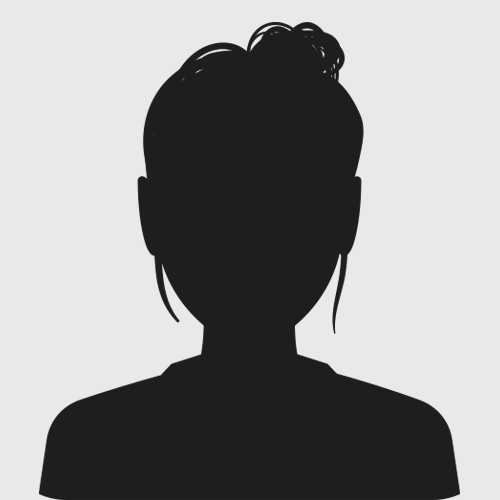

I am currently involved in work on visually accessible design of digital interfaces. By this, I mean that the size and contrast of text and icons is such that the vast majority of people can perceive the text and icons, without requiring any assistive aids or adaptive strategies (like zooming or using Clari-Fi). I'm currently working on a variety of projects related to optimising: e-commerce images for display on mobile devices / graphical artwork and consumer packaging / visual accessibility of automotive controls and displays.
6 - Related STEM learning content
If you enjoyed this content, why don't you take a look at some of these other great resources around this topic below:
